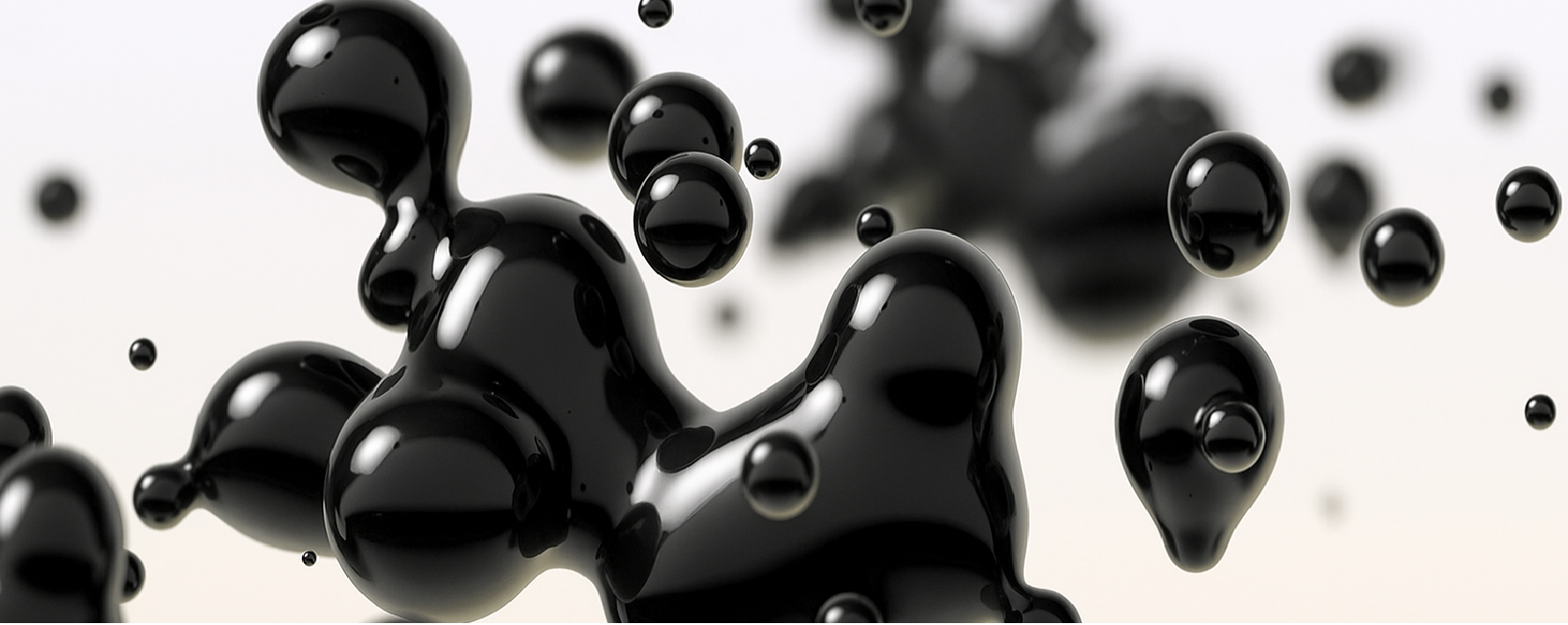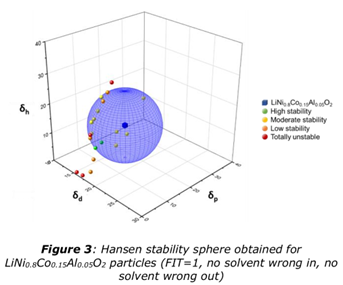How Science Keeps Your Battery from Falling Apart: The Role of Slurry Stability in Lithium-Ion Cells
July 9, 2025
 Behind every powerful smartphone, electric vehicle, or energy storage unit is a lithium-ion battery – and behind every lithium-ion battery is something much less visible but equally important: a stable slurry.
Behind every powerful smartphone, electric vehicle, or energy storage unit is a lithium-ion battery – and behind every lithium-ion battery is something much less visible but equally important: a stable slurry.
What’s a Battery Slurry?
In battery manufacturing, slurries are mixtures of active materials, binders, solvents, and additives used to coat the electrodes inside the battery. These coatings need to be uniform, smooth, and durable – because even tiny inconsistencies in the slurry can lead to big problems like:
- · Uneven electrode surfaces
- · Poor adhesion
- · Reduced battery life
- · Increased failure risk
So what makes a good slurry? The answer lies in dispersion stability – and that’s where chemistry meets cutting-edge measurement tools.
The Hansen Approach: Matching “Like with Like”
The Hansen Solubility Parameter (HSP) approach is a clever way to predict whether materials will mix well and stay dispersed. HSP breaks down a solvent’s behavior into three forces:
- · Dispersion (δD) – like Van der Waals forces
- · Polarity (δP) – based on molecular polarity
- · Hydrogen bonding (δH) – self-explanatory!
By plotting these parameters in 3D space, formulators can visualize whether a binder and solvent are “compatible.” Think of it like a compatibility map – if two materials sit close together in this space, they’re likely to form a stable mixture.

This method helps researchers choose the right combinations and reduce costly trial-and-error during formulation. But even the best predictions still need real-world confirmation.
Measuring Stability with Static Multiple Light Scattering (SMLS)
While HSP gives you the theoretical “match,” real-world confirmation is critical. That’s where Static Multiple Light Scattering (SMLS) comes in.
Unlike traditional visual observation or endpoint analysis, SMLS captures the full kinetics of instability—such as sedimentation, creaming, or aggregation—as they happen. The TURBISCAN sends a light beam through the sample and measures how it scatters as particles migrate or separate. This allows for:
· .bmp) Quantify how stable a slurry really is
Quantify how stable a slurry really is
· Detect early signs of particle agglomeration
· Optimize the timing for coating or processing
The result is a much faster, more sensitive understanding of how your slurry behaves over time – without needing dilution, centrifugation, or prolonged shelf-life testing. By applying the Hansen approach and verifying it with SMLS measurements, labs can drastically reduce trial-and-error– and get to better battery performance.
Why It Matters for the Battery Industry
The battery industry is in a constant battle with the "battery trilemma" - the challenge of simultaneously achieving high energy density, fast charging, and long cycle life. Improving one often means compromising another. Manufacturers are under pressure to push all three boundaries at once, while keeping production scalable and cost-effective.
This makes every step of the battery manufacturing process critical – especially slurry preparation. Poor dispersion or unstable mixtures can lead to uneven coatings, wasted materials, and inconsistent performance. But by applying Hansen Solubility Parameter (HSP) analysis alongside Static Multiple Light Scattering (SMLS), formulators gain better control over slurry behavior. The result: less trial and error, reduced waste, and more reliable, high-performing electrodes that help move the needle on all three fronts of the battery trilemma.
Want to learn more? Read the full technical application note here:
Optimize Lithium-Ion Battery Slurries Using the Hansen Approach

Call Today 1-800-661-6700